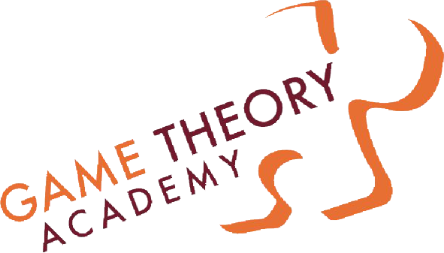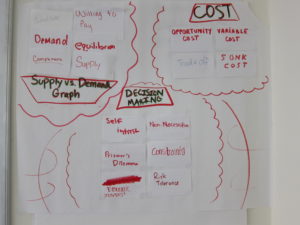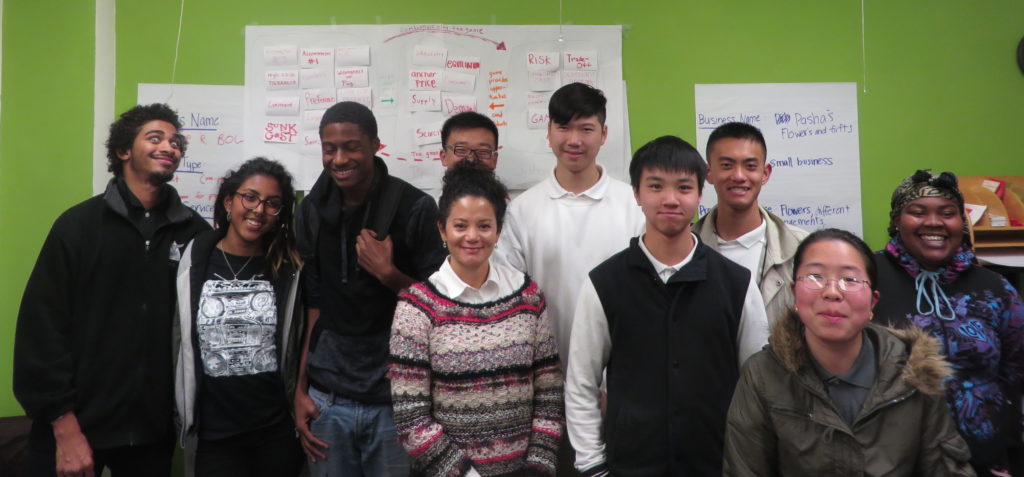By Joanne da Luz, GTA Instructor
 “No! It’s not less expensive to try to get scholarships and donations. It’s costs me time!”
“No! It’s not less expensive to try to get scholarships and donations. It’s costs me time!”
This was how one of my students responded to another student’s suggestion that in the case of Toya’s Budget, selling yoga mats would be the better strategy for earning the money needed to fill the college tuition gap she was facing.
Everything we teach at Game Theory Academy comes together in opportunity cost – preferences, best interest, willingness to pay/play, risk tolerance, tradeoffs, substitutes, complements and strategic thinking.
In our Make Your Decisions Count class, students often are challenged to perform a case study– always written by a former MYDC student, in collaboration with the GTA team. An actual situation facing a real-life fellow teen is so impactful. As a MYDC teacher, in class I help shape arguments about the opportunity cost of one decision in terms of the benefits of an alternative plan.
Student A: I think Toya should try to get more scholarships and write letters for donations. That doesn’t cost anything!
Student B: No! It’s not less expensive to try to get scholarships and donations. It’s costs me time!
Me: Let’s take a closer look at that. What’s the value of your time? What hourly wage would you pay yourself to prepare and sell those yoga mats? And, don’t forget the cost of the materials. How many hours would you have to pay yourself to do the research, find potential recipients, and write those letters?
Student C: It wouldn’t be more hours than selling yoga mats because I can write one letter and copy and paste to many others.
Student D: But, I think it costs more to ask people for money because I don’t like to ask people for money.
Aha! That’s where preferences and trade-offs come into play. In classes leading up to Toya’s Budget we discuss how one person’s preferences can be different than another’s, and therefore individuals will evaluate trade-offs differently. Keeping in mind that value is determined not just monetarily, like an hourly wage, but by non-tangible measures of social status, ego, and risk tolerance.
Opportunity cost is a way of calculating the value of a trade-off. Reducing the risk of your choices, because you’re thinking strategically, is a way to maximize your payoffs or benefits.
For Student D, the potential benefit of the letter writing option is outweighed by the pain of doing it. For Student A, that option seems effortless so doing anything else instead would have a higher Opportunity Cost because they’d be giving up the potential benefits of the letter writing.
For Student D, OC(letters) > OC(yoga mats) but for Student A, OC(letters) < OC(yoga mats).
Whether it’s how we play a game or the strategic way we plan to reach our savings goals, the concept of opportunity cost is playing an important, underlying role. We encourage young people to practice strategic thinking just like some of the best players practice their skill, practicing repeatedly, making mistakes, all while aiming to improve incrementally. It’s a joy to observe young people acquiring and refining the skill of strategic decision making–and practicing a bit of economics notation along the way.


